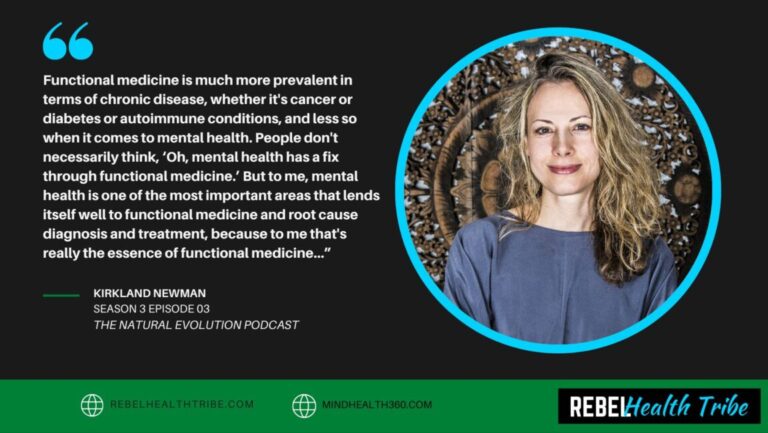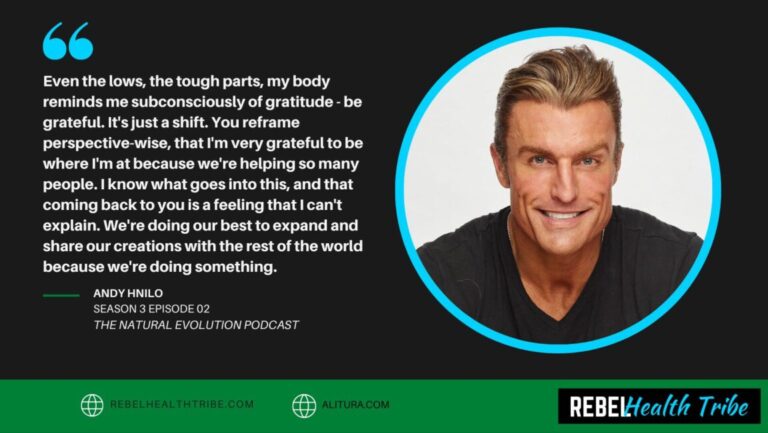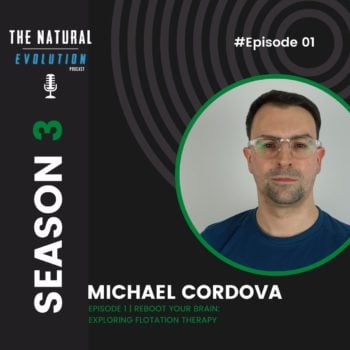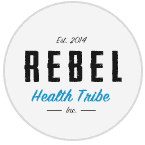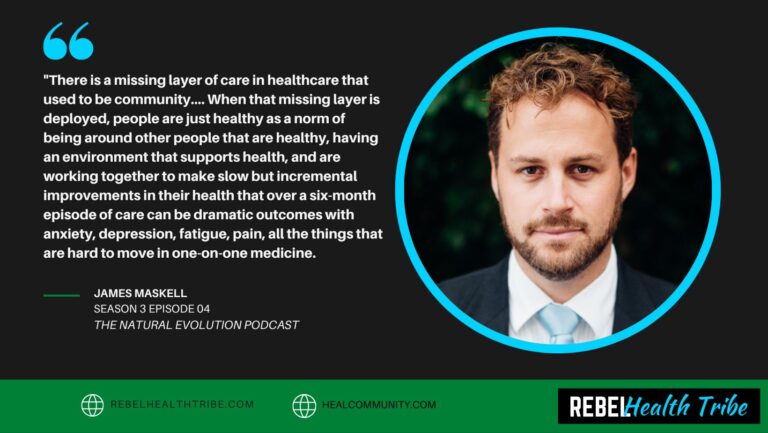

More Posts from
Toxicity & Detox Support
Sign Up & Receive the So You Think You Have Mold, Now What? PDF
Sign up with your name & email to receive the So You Think You Have Mold, Now What? PDF along with any future updates, content, and mold-related offers from RHT & Cathy Cooke!
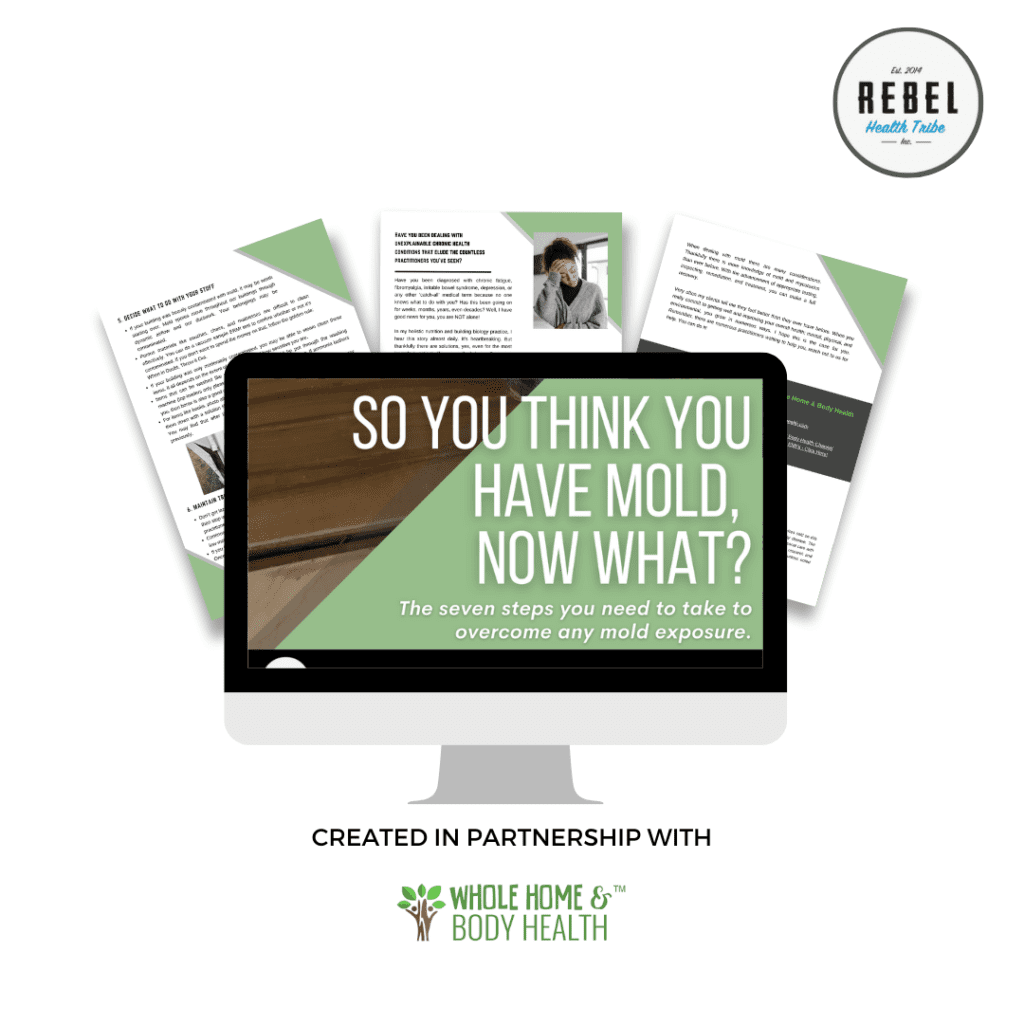
What Are Environmental Toxins and How Can I Avoid Exposure?
What’s the first thing that comes to mind when you think of toxins in the environment? If you envision things like plumes of billowing smoke infiltrating the air or hundreds of gallons of oil being leaked into the ocean, you’re certainly not wrong.
But these forms of environmental pollution and toxicity are only a piece of the puzzle. The truth is, the introduction of toxins into our environment can be much sneakier and much less obvious than you might think.
In this blog post we’re going to dive into exactly what environmental toxins are, what makes them so dangerous for your health, some of the most commonly encountered toxins, and most importantly – some steps you can take to protect yourself from these dangerous compounds.
Types of Pollution
Pollution is defined as the presence or introduction of a harmful or poisonous substance into the environment. Pollution can take many forms and be found in just about every nook and cranny of our environment. Let’s take a look at a few of the most concerning aspects of pollution contributing to environmental toxicity.
Air Pollution
Air pollution is typically comprised of two distinct types of pollutants:1
- Gaseous molecules: The release of harmful gasses into the atmosphere
- Particulate matter: Tiny fragments of solid material suspended in the air
Air pollution causes include both natural sources (like wildfires and dust storms) and man-made sources (like emissions from vehicles or the off-gassing of noxious chemicals). Air pollution is particularly troublesome because it’s nearly impossible to avoid and pollution can be spread far and wide as it drifts through the atmosphere.
And unfortunately, air pollution isn’t just isolated to our outdoor air – it can be a major problem indoors as well.
Indoor Ai r Pollution
r Pollution
Not only canpolluted air make its way indoors, but our homes, workplaces, and vehicles can be chock-full of their own unique air pollutants. Sources of indoor air pollution include things like air fresheners, toxin-filled cleaning products, beauty products, and even the very paint on your walls. Pair that with the fact that we tend to keep our windows and doors sealed up tight with limited air circulation, and you’ve got a recipe for some seriously polluted air.
In fact, studies have found that indoor air can be anywhere from 2 to a whopping 5 times more polluted than outdoor air!2
Water Pollution
Water cycles throughout our world – drifting in the clouds, pouring down in a rainstorm, crashing in ocean waves, traveling through miles of underground pipes – until it eventually makes its way to your faucet. Along this cyclical journey, water can pick up a cocktail of pollutants.
These pollutants can include everything from heavy metals to pharmaceutical drugs and from noxious chemicals to particles of plastic.3,4
Our air and water certainly aren’t the only places we’re exposed to dangerous pollutants. But before we dive into some of the ways we’re exposed to these toxic compounds and how to avoid pollution, let’s first take a look at why these toxins are so concerning in the first place.
Environmental Toxins and Health Consequences
What are environmental toxins? Well, the compounds that contribute to pollution are also referred to as environmental toxins. An environmental toxin is a term used to label any compound that can disrupt or harm your health. Some of these compounds are natural, and some are man-made, but they all have a negative effect on your well-being.
Just some of the health consequences that have been directly linked to exposure to environmental toxins include:5,6,7,8
- Cancer: Only about 5% of cancers are genetic – meaning the remaining 95% are directly caused by lifestyle factors like diet, stress, and you guessed it – environmental toxins.
- Infertility: Environmental toxins can disrupt fertility in both men and women.
- Developmental disorders: Developing babies and growing children are particularly prone to the effects of environmental toxins. These toxic compounds can hinder cognitive development contributing to conditions like autism, sensory disorders, and learning disabilities.
- Obesity: It’s no secret that our country is facing an obesity epidemic – with more people struggling to maintain a healthy body weight than ever before. This obesity epidemic can, in part, be traced back to unprecedented levels of environmental toxins that can disrupt your body’s ability to maintain a healthy weight.
This is just scratching the surface of the health consequences of environmental toxins and how they contribute to your toxic burden (the total of accumulated toxins “burdening” your body at any given time). But how exactly can these tiny compounds possibly cause such serious and large-scale health issues? Well, it lies in their ability to function as what’s known as endocrine disruptors.
What Are Endocrine Disruptors?
Your endocrine system is a complex network that controls and regulates your hormones – the crucial chemical messengers that your body relies on to communicate and coordinate just about every function in your body. Endocrine disruptors are any chemicals that interfere with your endocrine system’s ability to function properly.9
These endocrine disruptors can mimic, block, or hinder your hormones. This interference of your natural hormones has a domino effect and can throw your entire body off-kilter – eventually leading to some of the more serious health conditions listed above. Let’s explore some of the different types of environmental toxins that can disrupt your endocrine system and wreak havoc on your health.
Types of Environmental Toxins
There are literally thousands of environmental toxins out there. Currently, there are over 86,000 chemicals registered for use in commerce – with more chemicals coming online every day.10 While that number is staggering in and of itself, what’s really unsettling is the fact that in the U.S., over 62,000 chemicals were simply “grandfathered” in when the Toxic Substances Control Act was passed. That means these chemicals essentially got a free pass – with the government simply assuming they were safe with absolutely zero evidence to back up their safety claims.
The list of concerning chemicals is far too long and robust to cover in a single article, so let’s dive into some of the most well-known, well-researched, and common environmental toxins that can have the most consequential impacts on your health.
Phthalates
Phthalates aren’t a singular chemical, but rather a group of chemicals that are typically used to make plastics softer and more durable. This class of chemicals has been found to negatively impact fertility, the onset of puberty, and neurological development while promoting weight gain and insulin resistance.11
The problem with phthalates is that they are rampant and can be found in countless everyday products. In fact, we are exposed to these chemicals so regularly that phthalates have even been dubbed “the everywhere chemical”.12
BPA (Bisphenol A)
Bisphenol A, or BPA, is another type of chemical primarily used in plastics. BPA is commonly used in containers that store food and beverages like water bottles as well as to coat the inside of metal products, like food cans, bottle tops, and water supply lines.13 BPA is known to mimic the hormone estrogen – binding to estrogen receptors and contributing to things like impaired energy production, infertility, hormonal imbalances, and cancer.14
Microplastics
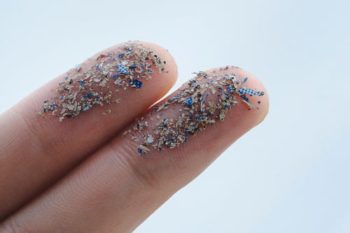
As the name implies, microplastics are microscopic fragments of plastic. You see, plastic takes an incredibly long time to truly break down and biodegrade. So rather than quickly decomposing, plastic just breaks down into smaller and smaller pieces – until it becomes microplastic.
As plastic breaks down, it releases microplastics in water, air, and soil – making it nearly impossible to avoid them. These tiny flecks of plastic can then make their way into your bloodstream, cells, and tissues. In fact, it’s not uncommon for microplastics to be found in human blood when samples are taken.
The problem with these microplastics infiltrating our bodies is that once they make their way within us, they begin leaching out their cocktail of harmful toxins that include phthalates, BPA, and a plethora of other endocrine disrupting chemicals.15
Forever Chemicals
What are forever chemicals? Forever chemicals are more formally known as per- and polyfluoroalkyl substances – or PFAS. This group of chemicals is known for their nonstick, stain-repellent, and waterproof properties – making them highly useful in products ranging from non-stick pans to stain-resistant carpets.16 While PFAS may be highly useful, their effects on our health aren’t quite so glamorous.
PFAS have been linked to thyroid issues, immune system dysregulation, decreased birth weights, and various types of cancer.17 And thanks to their persistent ability to stick around and remain in the environment indefinitely, these chemicals have earned the name “forever chemicals”.
Sources of Environmental Toxins
Now that you have a basic understanding of a few of the most common environmental toxins, you’re probably wondering how and where you’re potentially coming into contact with them. Some of the most common sources of environmental toxin exposures come from:
Plastic Water Bottles
Plastic water bottles and plastic food containers can be major sources of toxin exposure. You see, when food or water is stored in plastic, the line between plastic and food or water can become blurred – with the plastic molecules leaching their way into your food and water. That means you can end up with an array of toxic chemicals like BPA and phthalates in food and water you’re consuming.
This process of plastic molecules seeping into your food or water can be sped up by things like heat, oil, and acidity.
Chemicals in Makeup & Beauty Products
If you stroll down the beauty aisle in your local drug store, you’ll more than likely find a laundry list of toxic ingredients in beauty products and personal care products that line the shelves. If that long list of hard-to-pronounce chemicals isn’t scary enough, under U.S. law, cosmetic and personal care companies aren’t even technically required to disclose all of the ingredients they put in their products.
That means there could be even more health-disrupting toxins packed into your personal care and beauty products than those listed. This is particularly troublesome considering the average person uses anywhere from 6-12 personal care and/or cosmetic products every single day.
Mold
While mold may not be a man-made chemical, this all-natural fungus is a potent environmental toxin. You see, certain strains of mold produce a class of toxic metabolites known as mycotoxins that can infiltrate your body and cause a whole host of dangerous side effects.
Mold toxins are particularly concerning because mold is exceedingly common in homes and buildings and can be difficult to detect to the untrained eye. To learn more about mold toxicity and what to do about it, head over and check out our article The Connection Between Chronic Disease and Mold Exposure.
Tap Water
Water is one of our most basic survival needs. But unfortunately, if you’re getting it straight out of the tap, you’re getting a whole lot more than just water. Tap water is notorious for being polluted with environmental toxins ranging from pharmaceutical drugs to pesticides and from heavy metals to harmful pathogens.
Drinking tap water isn’t the only way you can be exposed to these toxins. When tap water is heated and turns to steam, some of those toxins can become airborne – allowing them to be inhaled and delivered directly to your lungs.
Considering that most of us drink a hefty amount of water, boil and steam our food in water, and bathe in water on a daily basis, tap water can be a significant source of exposure to environmental toxins.
Chemicals in Food
Our food can be saturated with toxic chemicals. Between fertilizers, herbicides, pesticides, and many food processing strategies, our food chain is one of the worst offenders when it comes to environmental toxins. And that’s just taking into consideration natural foods like fruits, veggies, nuts, and animal products.
If you start diving into the ingredients list on many processed and refined foods, you’ll find even more toxic additives that can skyrocket your exposure to these toxic compounds.

Best Ways to Avoid Pollution and Environmental Toxins
So, if environmental toxins are coming at us from every angle, what on earth can we do about it? How can we possibly dodge this barrage of pollution and environmental toxins? While it’s impossible to entirely avoid environmental toxins, there are some steps you can take to drastically reduce your exposure. Just a few strategies you can implement include:
- Avoid plastic: In our modern world it’s nearly impossible to avoid plastic altogether, but making some mindful swaps can go a long way. So skip the plastic water bottles, plastic food containers, plastic storage baggies, and plastic wrap and opt for safer materials like glass, steel, or paper when possible. If you’re wondering how to avoid microplastics, the truth is, you can’t. But minimizing your plastic use can go a long way in protecting you from the harmful chemicals in plastic.
- Switch to “cleaner” personal care products: You’re obviously not going to give up personal hygiene or personal care products. But you can swap out toxin-filled products for “cleaner” less-toxic versions. Companies like Annmarie Skincare, Barenaked Botanicals, and Alitural Naturals have incredibly effective and luxurious non-toxic beauty and skincare lines. And The Dirt has some awesome non-toxic options for toothpaste, mouthwash, and other oral care needs.
- Opt for less toxic cleaning products: Just like personal care products, the household cleaning products you come into contact with can also be a major source of toxin exposure. You don’t have to overhaul everything at once, but as you run out of cleaning products, swap them out for non-toxic cleaning products. Some of our favorite low-tox cleaning products include My Green Fills Laundry products and O3 Waterworks Sanitizing Spray.
- Check for mold: Mold can be sneaky – with mold spores lurking in unexpected, hard-to-spot places in your home. Be sure to do a thorough check for mold regularly. And if you suspect any mold growth, be sure to contact a professional to help you eliminate it completely.
- Filter your water: Investing in a water filter to remove toxins and impurities from your drinking water is foundational when it comes to reducing exposure to environmental toxins. But with so many options out there, it can be overwhelming to figure out exactly which water filtration system is going to fit your needs. And the truth is, there’s not necessarily a one-size-fits-all when it comes to water filters. If you want to learn more about determining the right water filter for your needs, we highly recommend checking out Lara Adler’s incredible course Pure that covers everything you need to know about water filtration systems. Click here to learn more about Pure.
- Filter your air: About the only thing we depend on more than water is air. And considering indoor air pollution is such an issue, investing in a quality air filtration system can have a major impact on the quality of your indoor air. We highly recommend Air Doctor’s air purification system. Their air purification systems are scientifically proven to remove even the tiniest air pollutants and dramatically improve indoor air quality .
- Buy organic when possible: Consuming mostly organic foods can dramatically reduce the levels of environmental toxins in your body. In fact, studies have found switching to organic can reduce circulating levels of pesticides by an incredible 80-90% in less than one week! Try opting for organic fruits, veggies, grains, and animal products as often as possible.
Implementing strategies to reduce your exposure to environmental toxins is always the first step when it comes to protecting yourself from these harmful compounds. Only once you’ve addressed your exposure levels should you then look at how you can enhance detoxification to remove any accumulated toxins from your body.
How to Remove Toxins from Body

So, what’s the best way to remove toxins from your body? In simplest terms, the best way to remove any built-up toxins is to give your body the support it needs to supercharge your own all-natural, built-in detoxification mechanisms. You see, detoxification is a complex, body-wide, and cyclical process that is continuously working behind the scenes to help you remove toxins. So how can you boost these natural detoxification mechanisms and cleanse your body of toxins?
Natural Detox Support
One of the simplest and most potent ways to support detoxification and help toxin cleanse your body is to ramp up the levels of some specific detox-enhancing nutrients such as:
- Glutathione: This powerful antioxidant optimizes your body’s ability to detox by helping to draw toxins out of your cells, binding them up tight, and packaging them up to be transported out of your body. Our favorite glutathione is the liposomal Glutathione Complex from Cymbiotika.
- TUDCA: Tauroursodeoxycholic acid, better known as TUDCA, is a bile acid your body naturally produces. TUDCA has a ton of important roles in your body, but it’s particularly adept at boosting detoxification thanks to its potent ability to stimulate and amplify your natural bile production. We recommend Cellcore’s Advanced TUDCA.
- Sulforaphane: This powerhouse molecule found in greatest concentration in cruciferous veggies, especially broccoli sprouts, has been shown to significantly increase phase II liver enzymes, reduce inflammation, have anti-carcinogenic benefits and much more! Our favorite way to harness the magic of sulforaphane is with Glucosinolates & Sulforaphanes from BioImmersion – made from organic broccoli sprouts at the peak of their potency, shown to increase phase II liver enzyme production 4x!
- Binders: Binders are exactly what they sound like – compounds that trap and bind to free-floating toxins. Once toxins are ensnared, binders keep them locked up tight so they can’t escape and be reabsorbed. Our favorite binder is Cellcore’s BioToxin Binder.
- Probiotics: Considering the fact that many environmental toxins sneak their way into our bodies through things like polluted water or contaminated food, your gut is often your first line of defense when it comes to detoxing. And the microbes that make up your microbiome can have a major impact on your body’s ability to mitigate and excrete any ingested environmental toxins. Microbiome Labs MegaMetalliciQ contains a patented blend of probiotic strains specifically designed to support your body’s natural processes for eliminating toxins.
These supplements are just the tip of the iceberg when it comes to truly enhancing your body’s detoxification capabilities. The nitty-gritty details of exactly how detoxification works and how you can further support it are far too robust to go into in this article. But if you want to learn more about exactly how detoxification works, head over and check out our article Detoxification of the Body from Environmental Toxins.
Ready to Tackle Environmental Toxins?
Unfortunately, we live in an increasingly toxic world – with more and more toxins showing up in every nook and cranny of our environment on a daily basis. But the good news is, while we may not be able to do a whole lot about some of this larger-scale pollution on our own, we’re not simply at the mercy of our environment.
If you’re ready to tackle environmental toxins in your own life and implement some strategies to reduce your exposure to these harmful compounds, we’ve got you covered. In our free RHT Clean Living Guide, we dive deeper into the topic of environmental toxins and break down some simple yet powerful lifestyle tweaks you can make to drastically reduce your exposure to environmental toxins.
Once you’ve downloaded your free guide, head over and check out the blog and the podcast. We’ve got tons of value-packed resources with the world’s leading experts to help arm you with the tools and the know-how to protect yourself and your family from environmental toxins and create the abundantly healthy life you deserve.
Resources:
- Air Pollution: MedlinePlus
- Why Indoor Air Quality is Important to Schools | US EPA
- Types of Drinking Water Contaminants | US EPA
- A-Z Index of Contaminants in Water – EH: Minnesota Department of Health (state.mn.us)
- Family Cancer Syndromes
- Environmental Toxins and Infertility – PMC (nih.gov)
- (PDF) Environmental Toxicants and Developmental Disabilities: A Challenge for Psychologists. | published in American Psychologist (researchgate.net)
- Toxic environment and obesity pandemia: Is there a relationship? – PMC (nih.gov)
- Endocrine Disruptors (nih.gov)
- About the TSCA Chemical Substance Inventory | US EPA
- Phthalates and Their Impacts on Human Health – PMC (nih.gov)
- Phthalates: The Everywhere Chemical (nih.gov)
- What is BPA? Should I be worried about it? – Mayo Clinic
- Environmental estrogen-like endocrine disrupting chemicals and breast cancer – PubMed (nih.gov)
- A Detailed Review Study on Potential Effects of Microplastics and Additives of Concern on Human Health – PMC (nih.gov)
- Perfluoroalkyl and Polyfluoroalkyl Substances (PFAS) (nih.gov)
Sign Up & Receive the So You Think You Have Mold, Now What? PDF
Sign up with your name & email to receive the So You Think You Have Mold, Now What? PDF along with any future updates, content, and mold-related offers from RHT & Cathy Cooke!

Toxicity & Detox Support Products
Get Social
Recent Podcasts
Recent Courses
Build Your Resilient Gut
An Exclusive Course with 10 Years of Microbiome
Kiran’s Professional Training Vault
If you’ve ever wanted all of Kiran’s best
Toxicity & Detoxification Masterclass 2024
The toxicity and Detoxification Masterclass covers a wide
Brain & Nervous System Masterclass 2024
19 Leading Experts Share Cutting-Edge Science, Effective Practices,
Autoimmune Masterclass 2024
Autoimmune Masterclass brings together 17 of the world’s
Get the RHT Newsletter
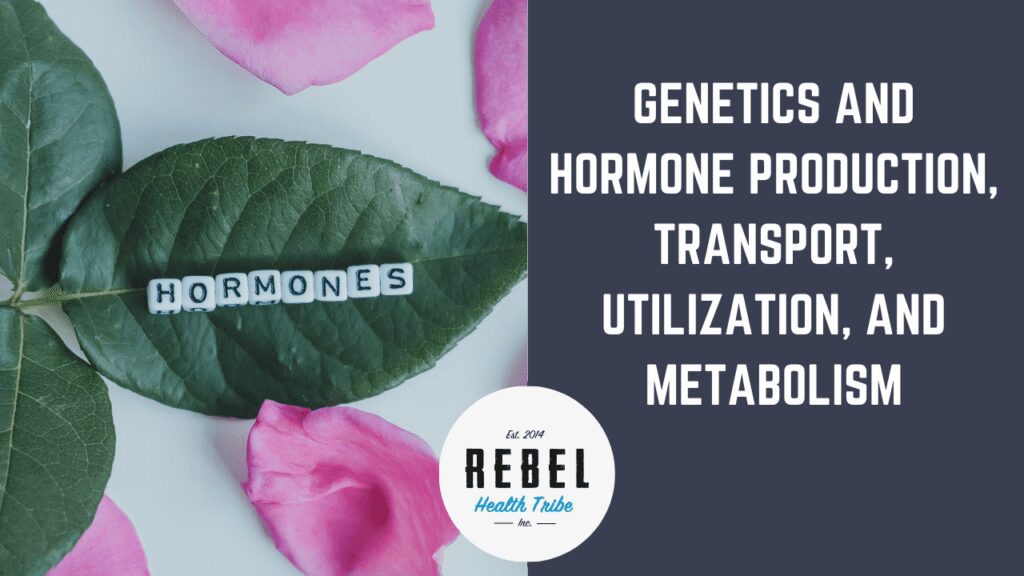
Genetics and Hormone Production, Transport, Utilization, and Metabolism
Our genetics play a larger role in our hormones than most people think. Obviously, diet, lifestyle, and environment are the
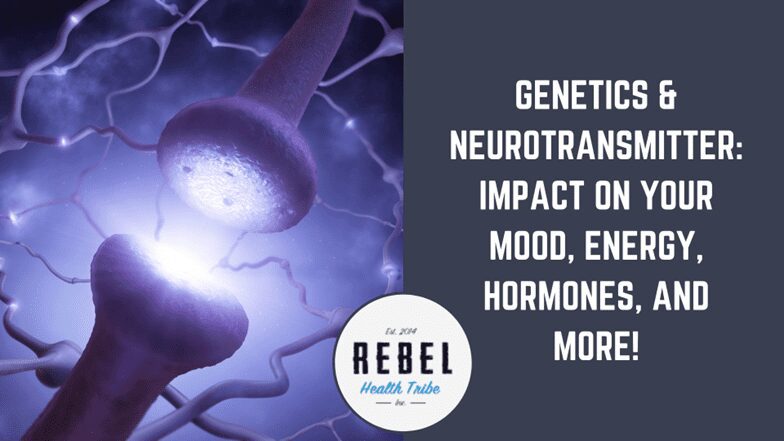
Genetics & Neurotransmitters: Impact on Your Mood, Energy, Hormones, and More!
Have you wondered why an antidepressant didn’t work for you? Have you ever wondered where your anxiety is coming from
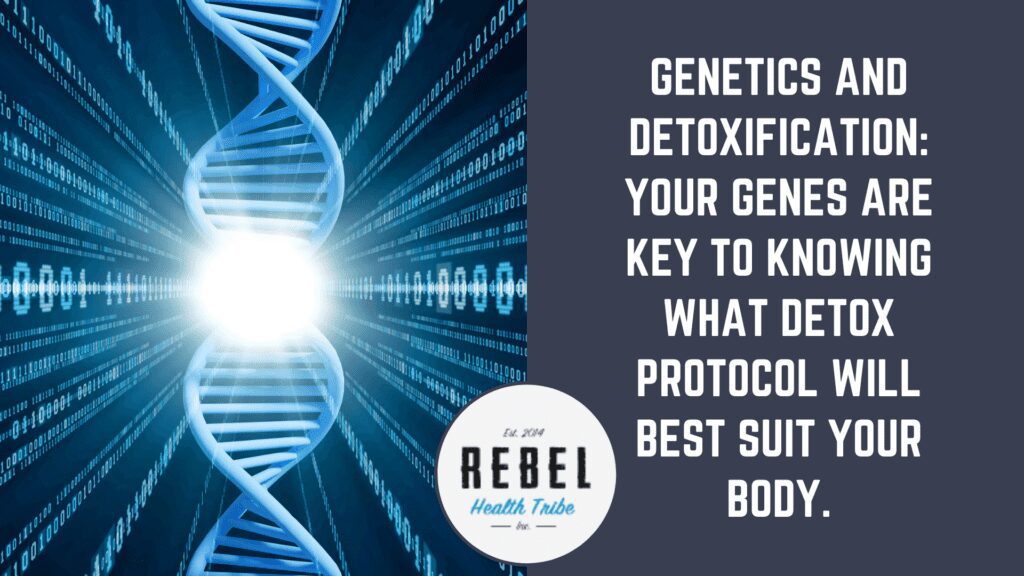
Genetics and Detoxification: Your genes are key to knowing what detox protocol will best suit your body.
https://vimeo.com/821487331 If you’ve ever bought a detox kit off a shelf or felt considerably worse while doing a detox,
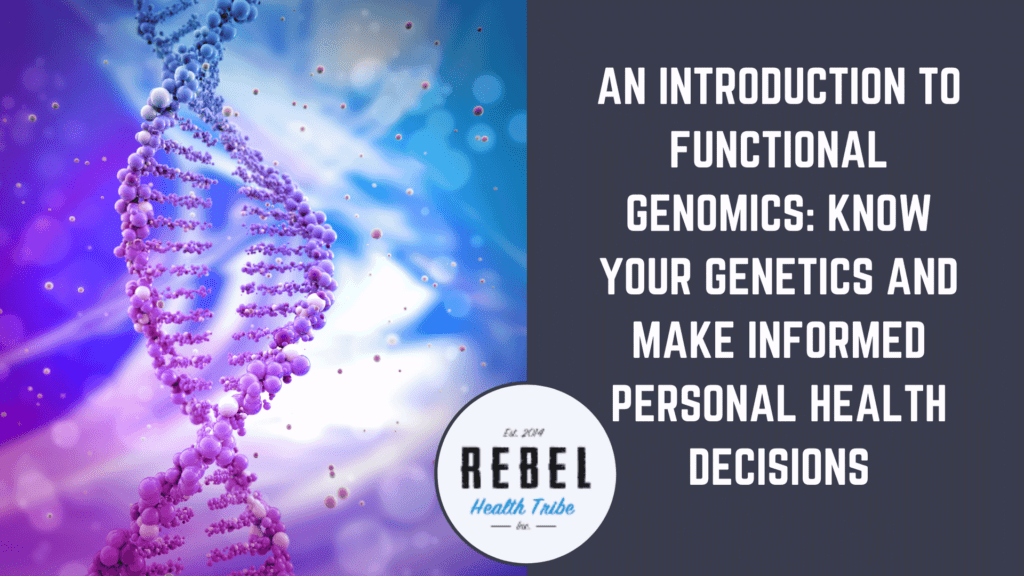
An Introduction to Functional Genomics: Know Your Genetics and Make Informed Personal Health Decisions
https://vimeo.com/821487068 The desire to know how your genes are affecting your health is rapidly growing. Many people are getting genetic

